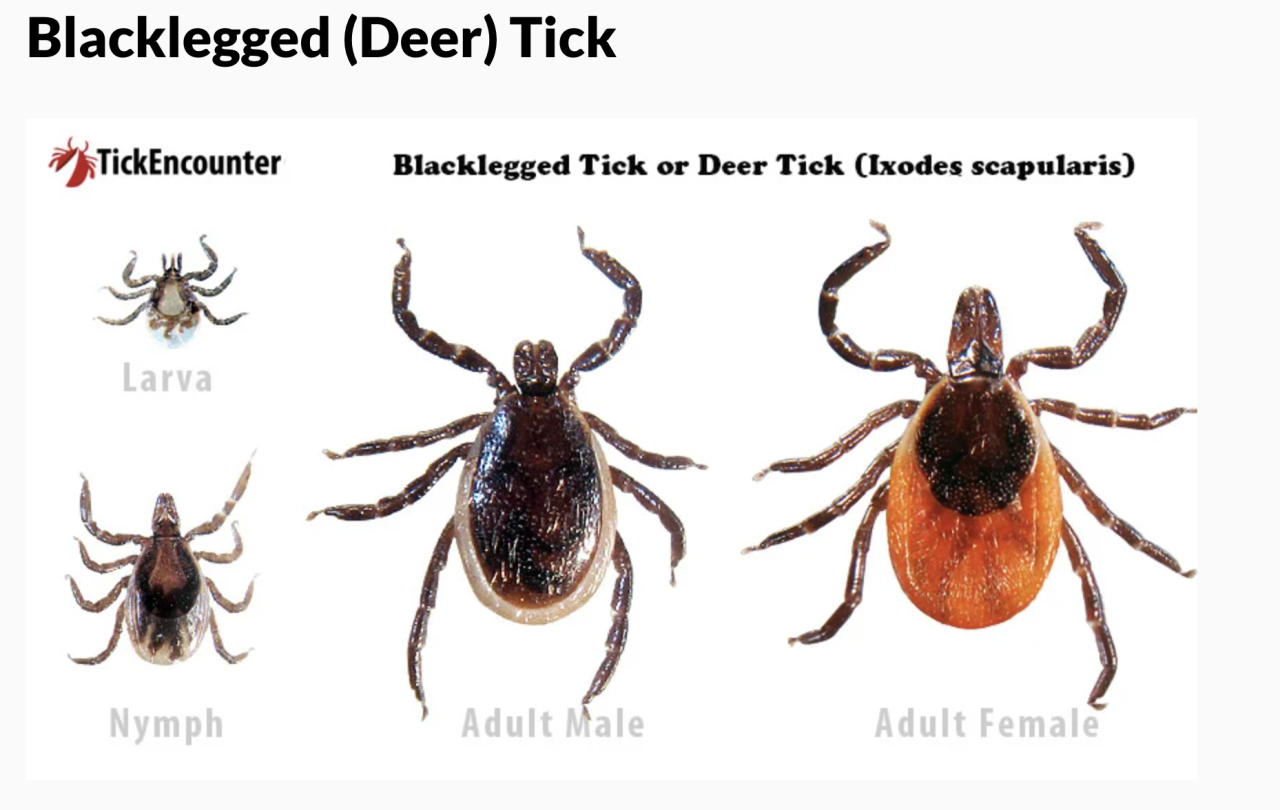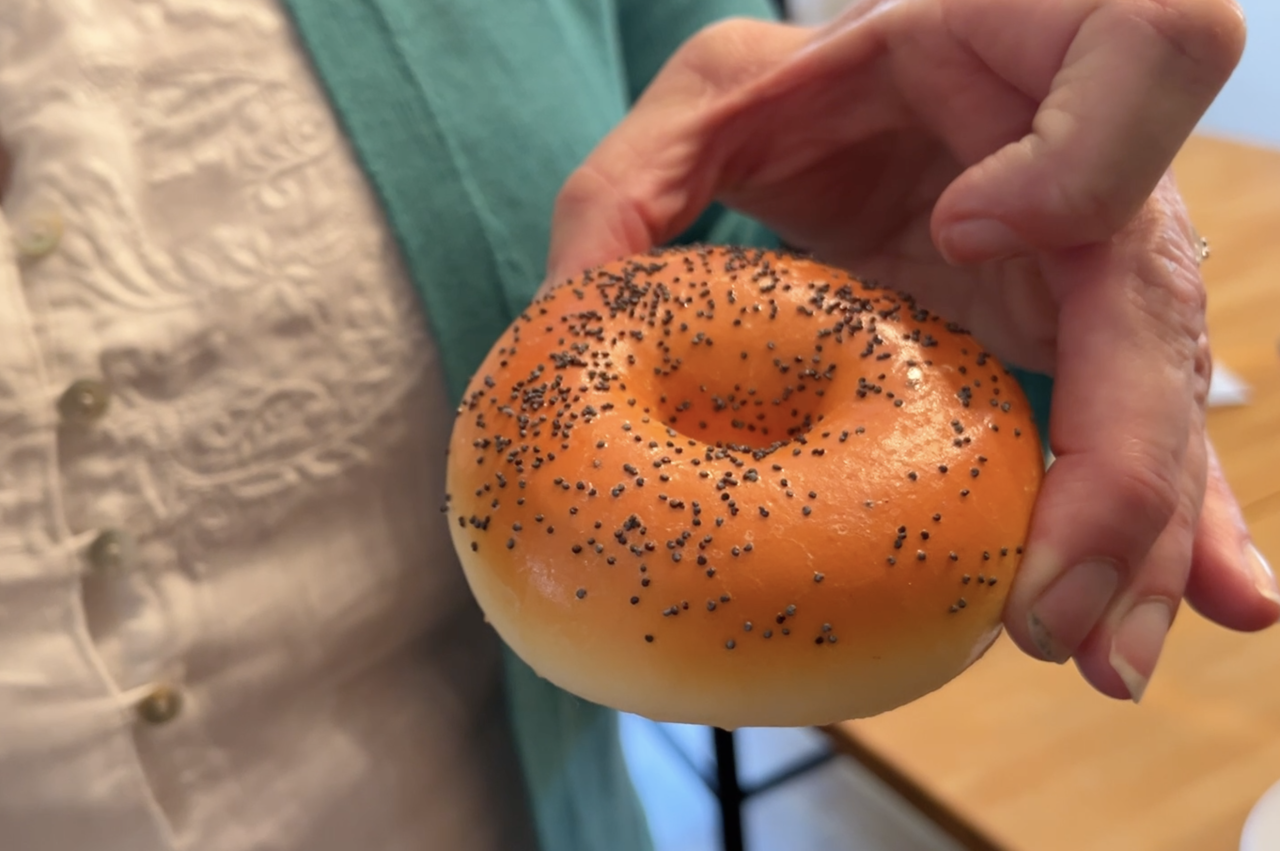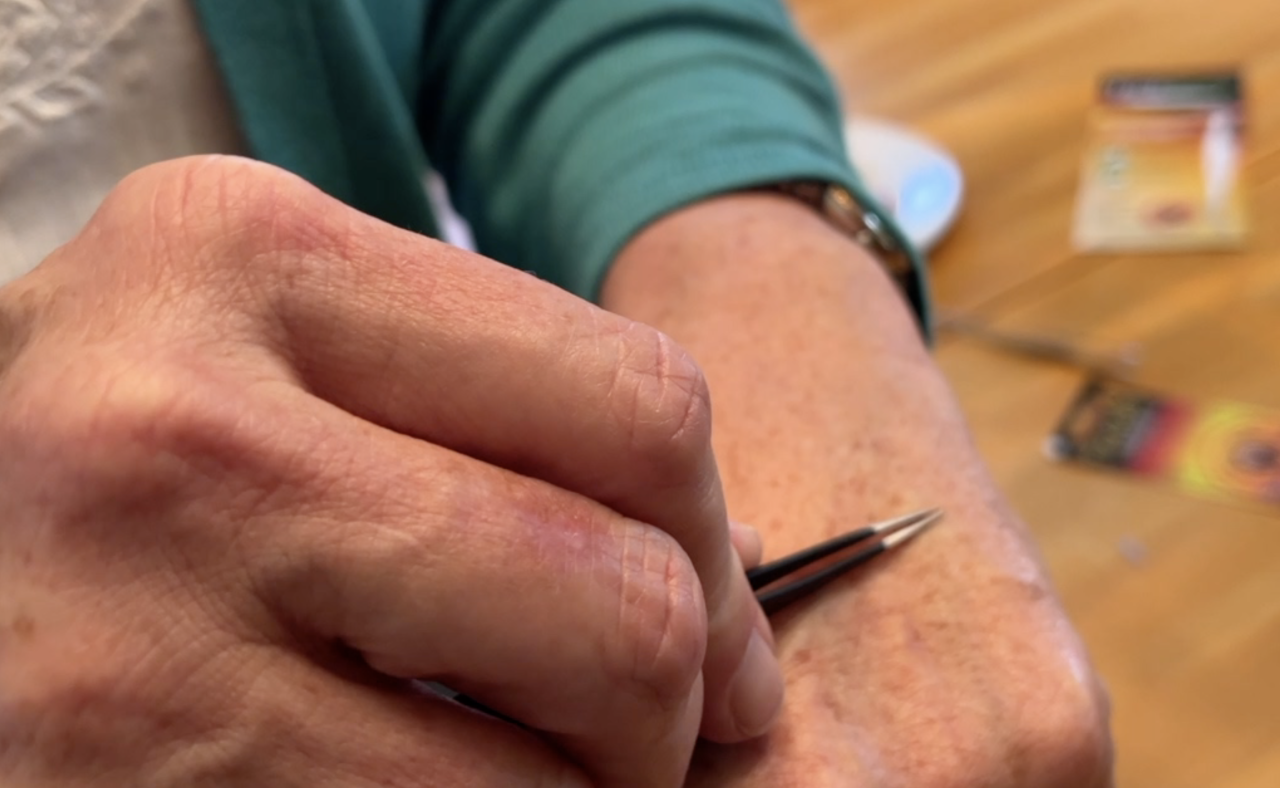INDIANAPOLIS — Paul Barta was looking forward to graduating high school and going to college when he says his body just crashed.
"For those five to six years, I was either completely incapacitated at home or I was going through therapy," Barta, 31, said. "I was completely removed from life."
Barta says he had contracted Lyme disease, a tick-borne illness that causes complex symptoms in different parts of the body.

"My extremities would just go numb, or my hand would swell up to two times its size," Barta said. "Or it would be like having a heart attack without having a heart attack."
Barta says he and his siblings started feeling sick at about age 4, after his family camping trip in Michigan.
The disease went undiagnosed until 14 years later, when he said his body stopped working.

"My body had been going through a lot of stressors and just crashed," Barta said.
He was hospitalized, unable to walk or talk. He was very sensitive to light and sound.
At age 18, Barta said he was diagnosed with Lyme disease. He spent about five more years in treatment and physical therapy while his body healed.
He is better today and is studying in a health-care-related field at a university in Ohio. But he said he still suffers some lingering effects of Lyme.

"Our family's lives were turned upside down with this disease," Paul’s mother, LeAnne Barta, said. "Really, everything about life changed. And I didn't want other people to go through that."
LeAnne has made it her life’s mission to warn others about Lyme disease.
She co-founded the non-profit Indiana Lyme Connect about 10-years-ago and is teaching Hoosiers how to avoid ticks and what to do if one bites you.
Lyme is caused by a bacteria that infects the blacklegged tick, also known as the deer tick, a pest that Indiana University researchers reported in 2018 was on the rise in the state.

The National Institute of Allergy and Infectious Diseases said the disease was first discovered in the 1970s after a group of children from the town of Lyme, Connecticut, came down with arthritis-like symptoms
According to the NAID, the disease often begins with a circular "bull's eye" rash that spreads from the tick bite; other common symptoms include fever, headache, muscle and joint aches, and fatigue.
Untreated, the infection can spread to cause multiple rashes, palsy in facial muscles, meningitis, arthritis and heart problems, according to the NAID.
LeAnne said the bull's eye rash doesn't always appear. She also notes that the other early symptoms are easily mistaken for the flu.
Furthermore, according to LeAnne and the NAID, tests for the disease don't always work.

"In most individuals, Lyme disease is effectively treated with oral antibiotics," the NAID said. "Even with treatment, approximately 10% to 20% of patients report a range of continuing symptoms."
The NAID notes that while some may dismiss this chronic version of Lyme disease, there is little doubt that the "suffering is real and additional research is necessary."
LeAnne said preventing a tick bite is the best way to stay safe.
"But if you have been bitten, and you have a tick that was infected, early diagnosis is key to prevent a bigger problem," she said.
LeAnne suggests using insecticides containing the tick-killing chemical permethrin on clothing and boots before you spend time outdoors.
Don't pull on a tick's body, or use heat or petroleum jelly, LeAnne said.
"Any chemical or any heat source only aggravates the tick," she said. "It just increases your likelihood of getting whatever infection the tick may have."

The safest way to remove a tick, LeAnne said, is to use a pointy tweezers or a special tool called a "tick key" to slowly pull up on the insect's head until it lets go.
Enjoy the outdoors, but LeAnne and Paul Barta urge you protect yourself and your family.
"I want for others not to have to experience (Lyme disease)," LeAnne said. "Let's get this positive message. Please pay attention. Enjoy the outdoors, but do it safely."
For more on ticks and Lyme disease, check out Indiana Lyme Connect's website.
Contact WRTV reporter Vic Ryckaert at victor.ryckaert@wrtv.com or on X/Twitter: @vicryc.










